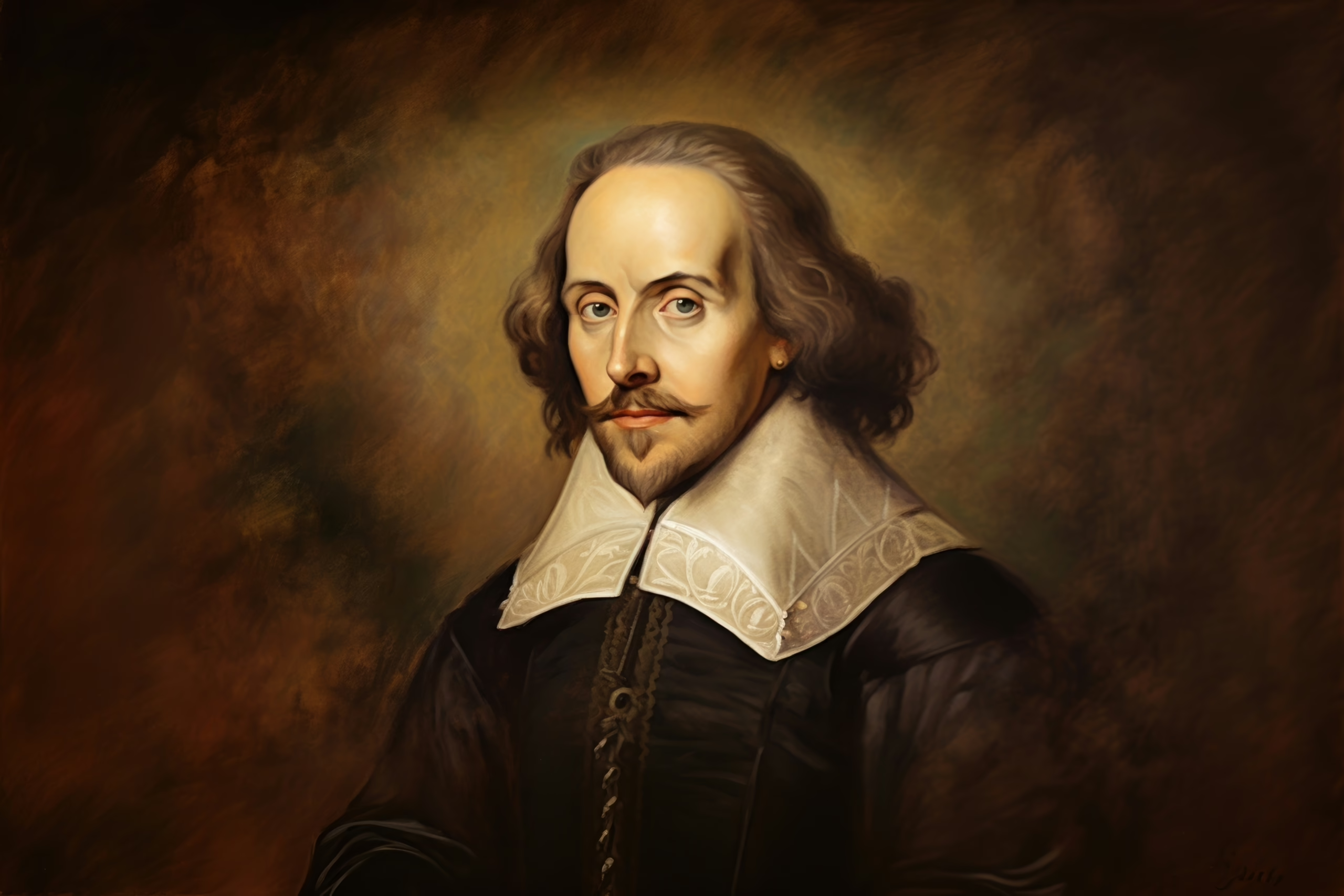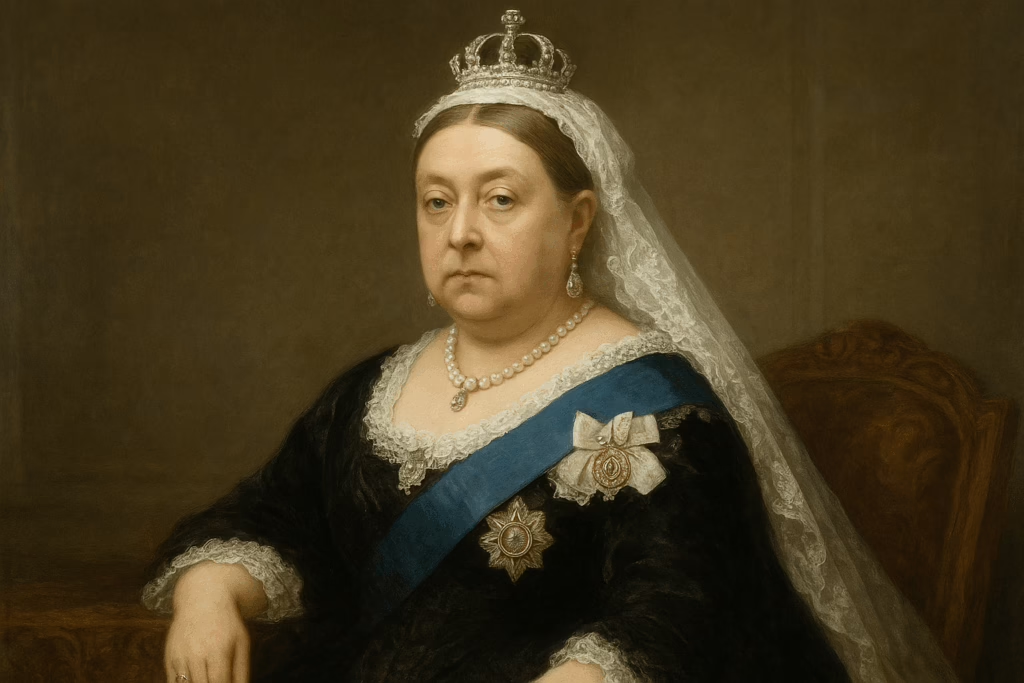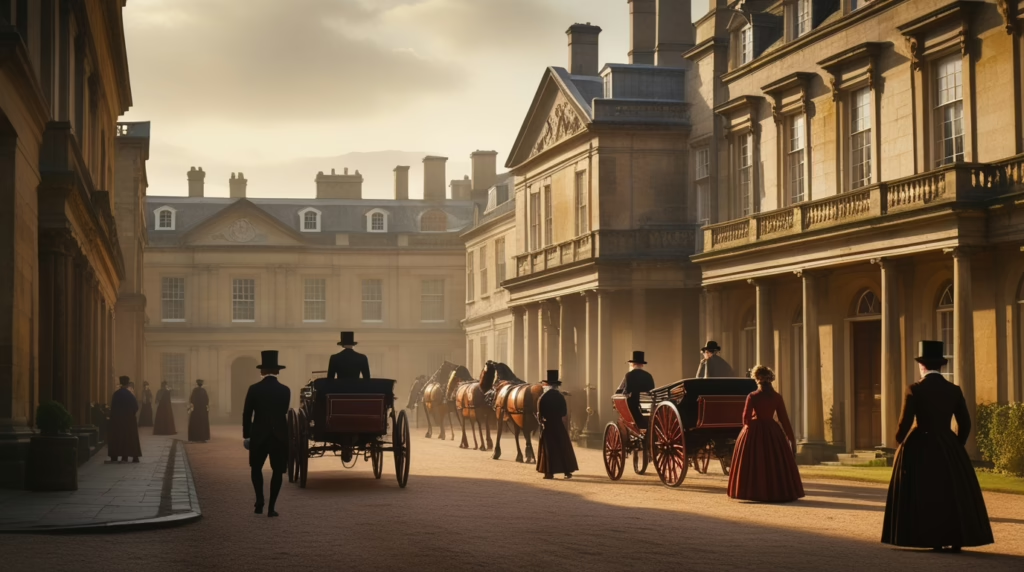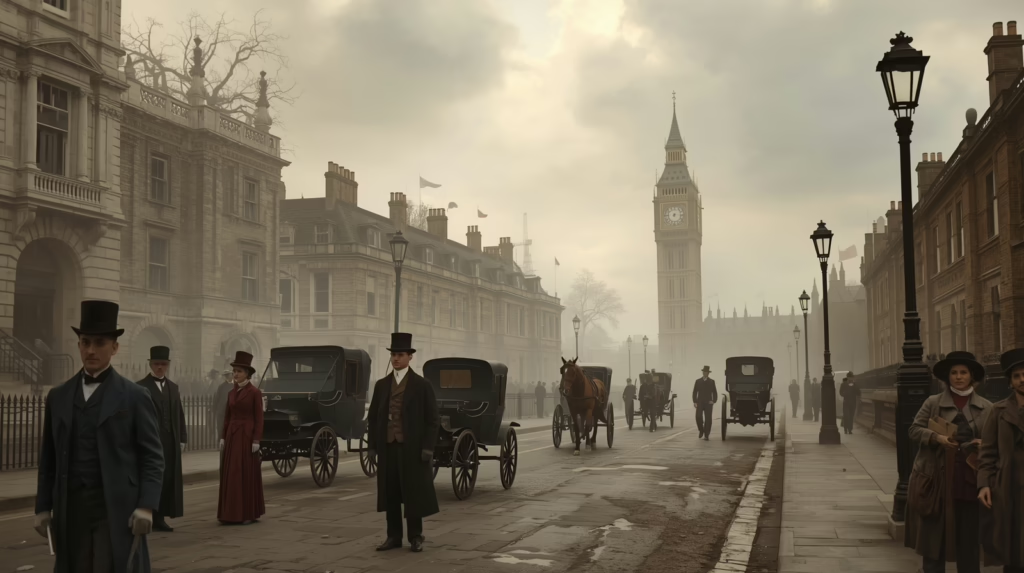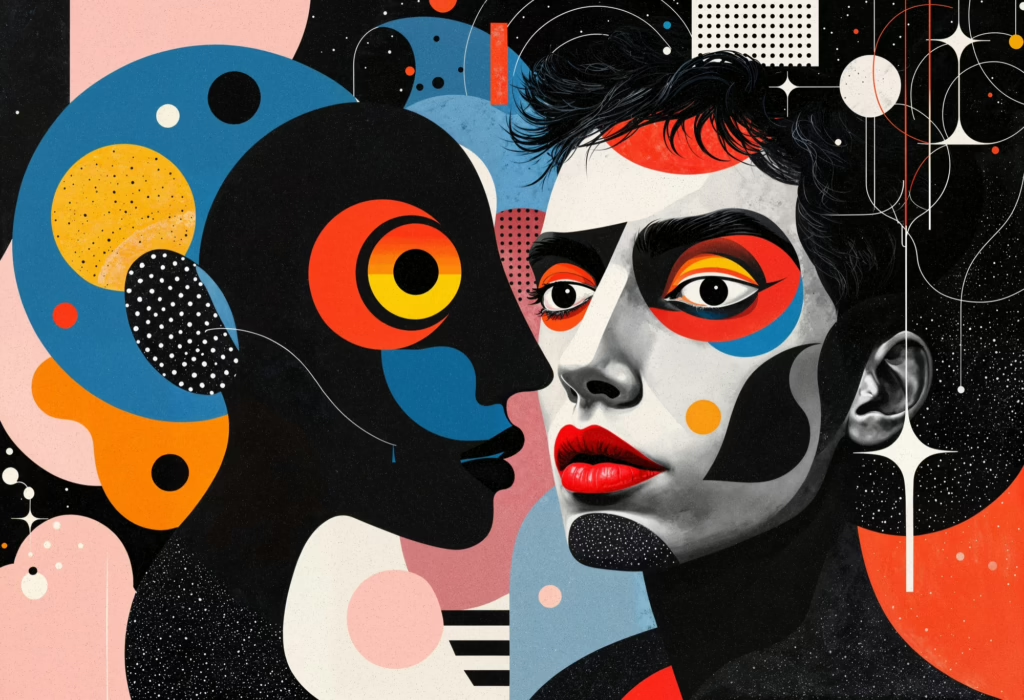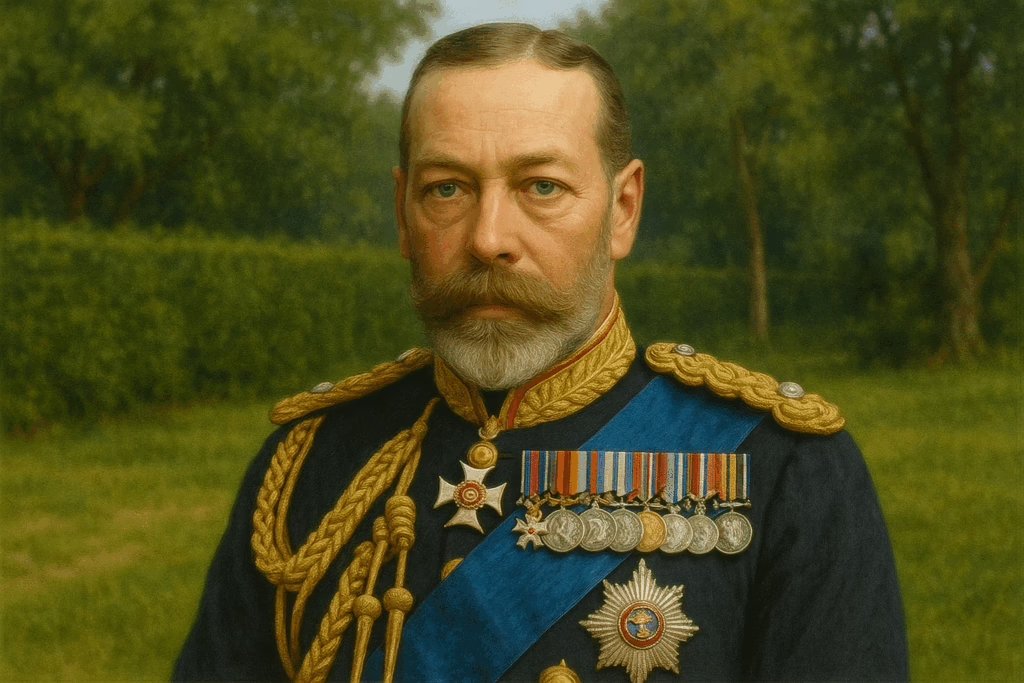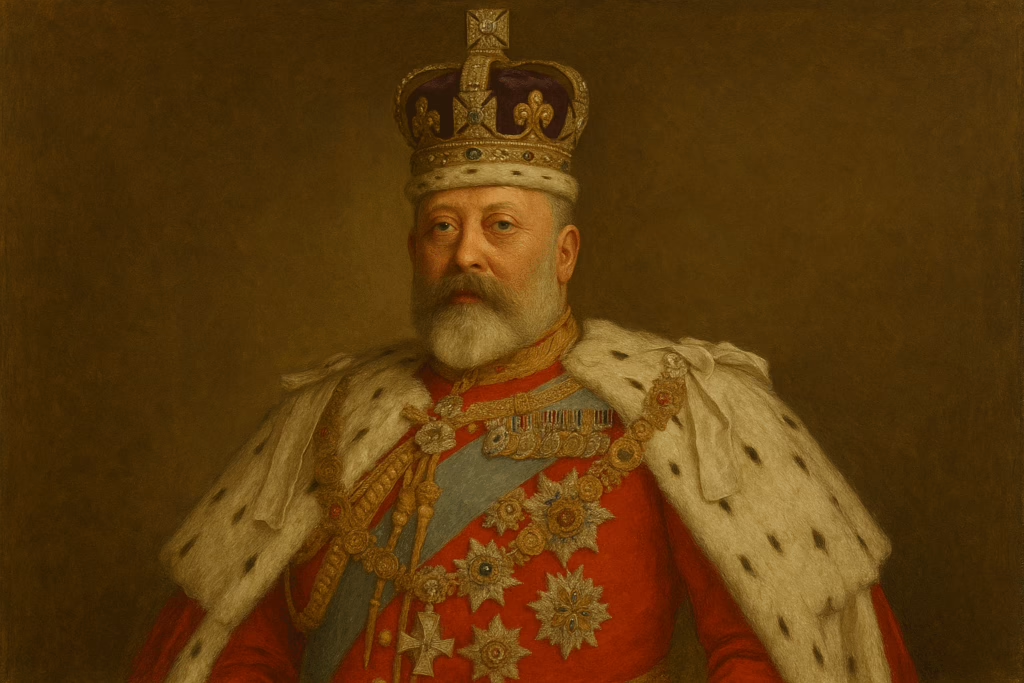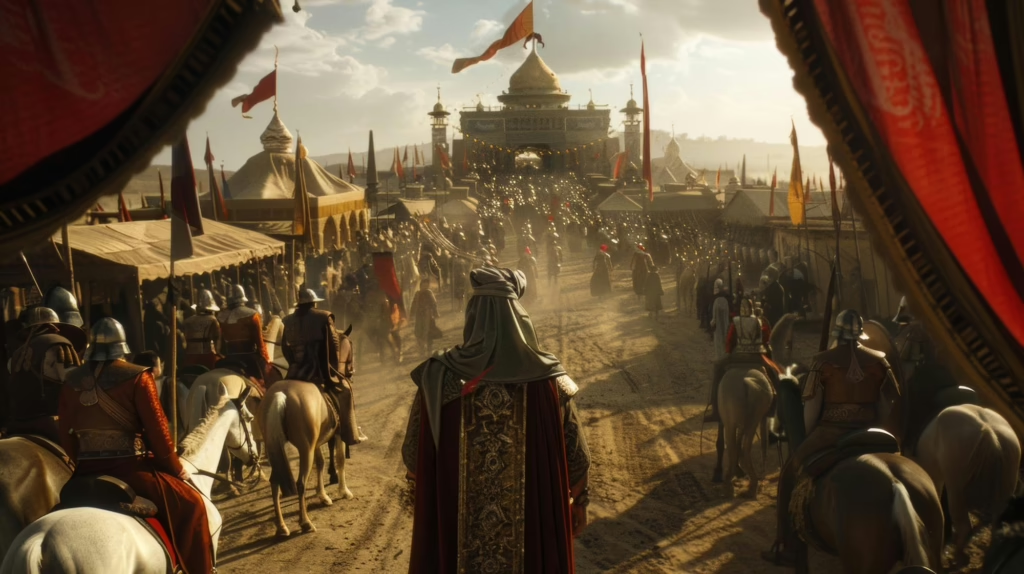English literature, with a history of more than fifteen centuries, is not just a collection of writings but a reflection of human thought, imagination, and cultural change. Each age in its development has been shaped by historical events, social conditions, and intellectual movements. Below is a detailed account of the major ages in English literary history, their characteristics, and their leading figures.
1. Old English (Anglo-Saxon) Period (450–1066)
This period marks the beginning of English literature. After the Anglo-Saxons settled in England, they brought with them heroic tales, pagan beliefs, and oral traditions. Later, Christian influence blended with this pagan heritage.
- Themes: Heroism, warfare, fate, loyalty, religion.
- Language: Old English, a Germanic tongue, with heavy use of alliteration.
- Notable Work: Beowulf, an epic poem celebrating heroic deeds.
- Importance: It laid the foundation of English poetic tradition.
2. Middle English Period (1066–1500)
After the Norman Conquest in 1066, English absorbed a vast number of French and Latin words. This era witnessed the slow transformation of Old English into Middle English, more recognizable to us today.
- Themes: Courtly love, morality, allegory, religion, and chivalry.
- Literary Forms: Narrative poetry, romance, chronicles, and early drama (miracle and morality plays).
- Key Author: Geoffrey Chaucer, author of The Canterbury Tales, often called the “Father of English Poetry.”
- Importance: Prepared the ground for the Renaissance with more refined forms of expression.
3. The Renaissance (1500–1660)
The Renaissance in England was a cultural rebirth inspired by classical learning and humanism. Literature became richer, exploring beauty, art, and human potential.
Subdivisions:
- Early Tudor Age (1500–1558): Literature began to reflect Renaissance ideals. Writers like Sir Thomas More (Utopia), Sir Thomas Wyatt, and the Earl of Surrey introduced new poetic forms like the sonnet.
- Elizabethan Age (1558–1603): A golden age of English literature, especially drama and poetry. William Shakespeare dominated with his plays and sonnets. Edmund Spenser (The Faerie Queene) and Christopher Marlowe enriched the era.
- Jacobean Age (1603–1625): Literature took on darker tones. Ben Jonson and John Webster explored themes of corruption and human weakness. Shakespeare’s later plays belong here.
- Caroline Age (1625–1649): Marked by the works of the Cavalier poets and John Milton’s early poems.
- Commonwealth/Puritan Age (1649–1660): Political upheavals influenced literature. John Milton’s Paradise Lost is the crowning glory of this era, while John Bunyan’s The Pilgrim’s Progress reflected Puritan values.
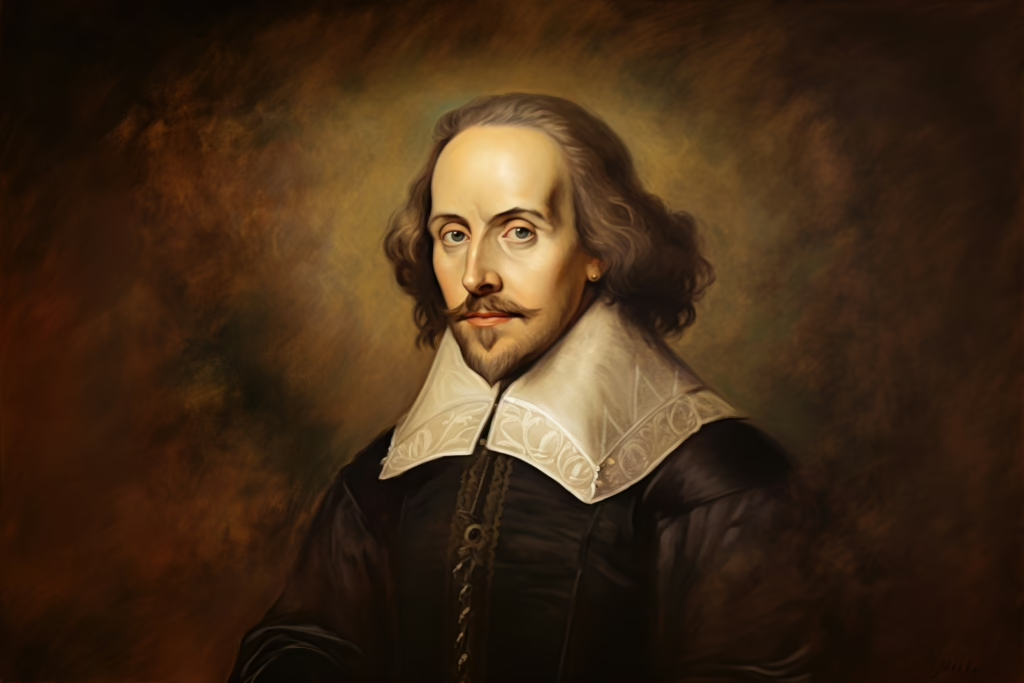
4. The Neoclassical Period (1660–1798)
This age valued reason, clarity, order, and classical restraint. Writers imitated the styles of ancient Rome and Greece.
- Restoration Age (1660–1700): Theatres reopened after Puritan suppression. John Dryden emerged as the leading poet and dramatist.
- Augustan Age (1700–1745): Literature became satirical, polished, and witty. Alexander Pope wrote biting satires, while Jonathan Swift created allegorical works like Gulliver’s Travels.
- Age of Sensibility (1745–1798): Writers like Dr. Samuel Johnson, Thomas Gray, and Robert Burns began to shift toward emotion and sentiment, paving the way for Romanticism.
5. The Romantic Period (1798–1837)
Romanticism was a reaction against the cold logic of Neoclassicism. It emphasized emotion, imagination, and the beauty of nature.
- Key Figures: William Wordsworth (nature poetry), Samuel Taylor Coleridge (imagination and the supernatural), Lord Byron (rebellious spirit), Percy Bysshe Shelley (idealism), John Keats (sensuous imagery).
- Themes: Individualism, freedom, emotional intensity, fascination with the past and the supernatural.
- Importance: The Romantic Movement redefined poetry as a personal and emotional art.
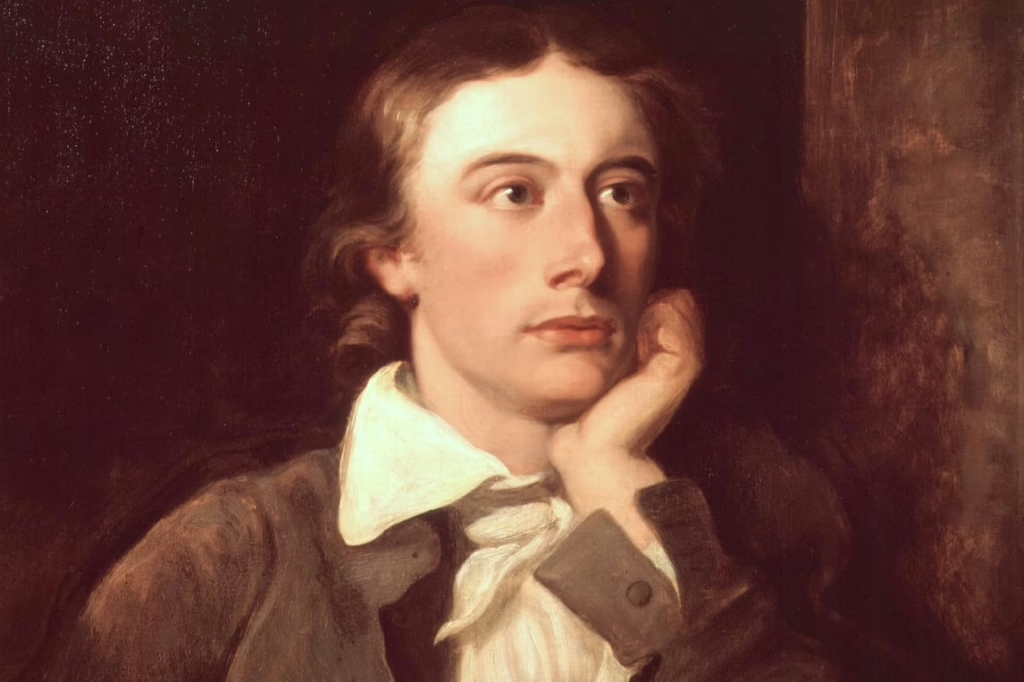
6. The Victorian Age (1837–1901)
The reign of Queen Victoria saw massive industrial progress, urban growth, and social change. Literature mirrored the age’s optimism as well as its anxieties.
- Novelists: Charles Dickens (social criticism), Charlotte and Emily Brontë (psychological depth), Thomas Hardy (fate and rural tragedy).
- Poets: Alfred Lord Tennyson (poet laureate), Robert Browning (dramatic monologue), Matthew Arnold (criticism and melancholy).
- Features: Realism, moral questioning, conflict between faith and science.
- Importance: The novel became the dominant form of literature in this age.
7. The Edwardian Age (1901–1914)
Though short, this period was marked by literature reflecting both social realism and a critique of inequality.
- Writers: George Bernard Shaw (drama), H.G. Wells (science fiction and social critique), Arnold Bennett.
- Importance: It prepared the ground for the more radical experimentation of modernism.
8. The Georgian Age (1910–1936)
Named after King George V, this era was less radical and more traditional.
- Poets: Rupert Brooke, Walter de la Mare, John Masefield.
- Themes: Simplicity, rural life, natural beauty.
- Importance: Though often overshadowed by modernism, it provided a gentle, lyrical voice in early 20th-century literature.
9. The Modern Period (1914–1945)
The trauma of World War I and II changed the literary landscape forever. Writers rejected traditional forms and sought new ways to express disillusionment and uncertainty.
- Major Writers: T.S. Eliot (The Waste Land), James Joyce (Ulysses), Virginia Woolf (To the Lighthouse), W.B. Yeats (poetry of transition), Wilfred Owen (Dulce et Decorum Est), Siegfried Sassoon (Counter-Attack).
- Features: Stream of consciousness, symbolism, fragmented narratives, existential themes.
- Importance: Literature became experimental, breaking away from the Victorian sense of certainty.
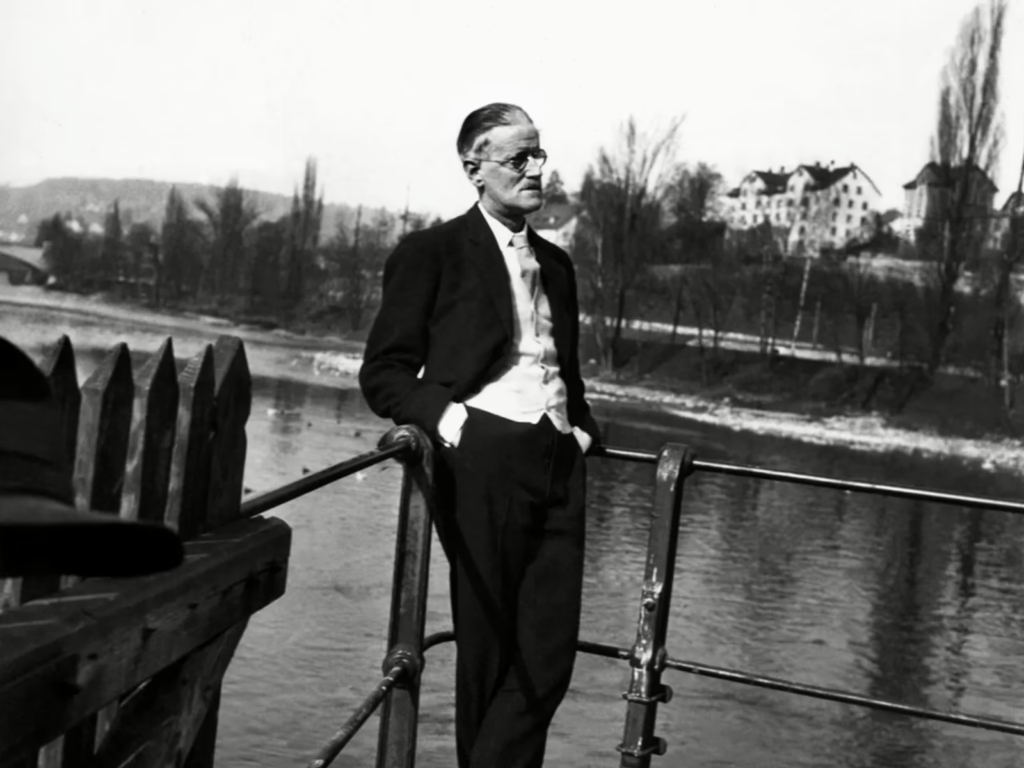
10. The Postmodern Period (1945–present)
Postmodernism reflects the complexities of the modern world, embracing experimentation, playfulness, and diversity.
- Writers: Samuel Beckett (Waiting for Godot), Salman Rushdie (Midnight’s Children), Margaret Atwood (The Handmaid’s Tale).
- Themes: Fragmentation, metafiction, magic realism, irony, multiculturalism.
- Importance: Postmodern literature continues to evolve, questioning boundaries and blurring distinctions between “high” and “popular” culture.
Conclusion
From the oral traditions of the Anglo-Saxons to the experimental voices of today, English literature has moved through centuries of transformation. Each age has contributed uniquely — whether it be the imagination of the Romantics, the realism of the Victorians, or the experimentation of the Modernists. For students of literature, understanding these ages is essential not only for examinations but also for appreciating how literature grows alongside human civilization.

